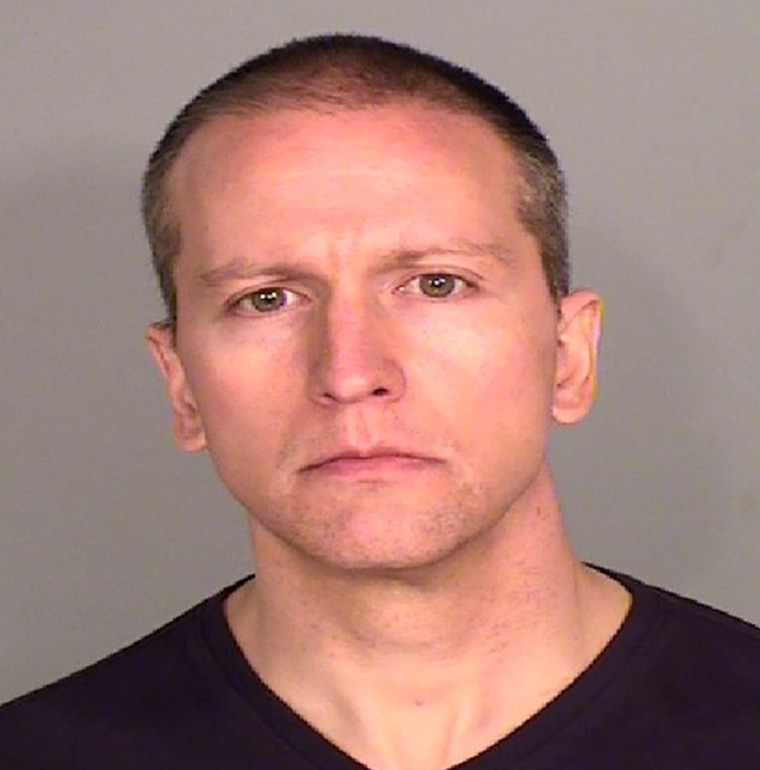Former Minneapolis police officer Derek Chauvin faces a new charge of second-degree murder in connection with the death of George Floyd, after first being charged with third-degree murder and second-degree manslaughter.
Floyd died May 25 after a confrontation with Minneapolis police outside a market. Three other officers present as Chauvin had his knee on the neck on the face-down victim for 8 minutes, 46 seconds were charged with aiding and abetting murder.
Officers were responding to a report someone passed a counterfeit bill at the store. Cellphone video of the confrontation prompted outrage and more than a week of protests across the nation and beyond.

For Chauvin, each of the charged crimes, from murder to manslaughter, concedes that Floyd's death was unintentional. For third-degree murder, the state needs to prove that Chauvin's act was “eminently” (translation: very) dangerous; that it caused Floyd’s death; and that Chauvin acted with “depraved mind” —a disregard for human life — when he held his knee on Floyd’s neck.
The distinction between third-degree “depraved mind” murder and second-degree manslaughter is that manslaughter is an unintentional killing that results from a reckless act, one that disregards a risk of harm. Essentially, “depraved mind” murder requires a much greater risk, and much greater harm. It’s easy to see how a jury, and lawyers, could be confused by these nuances.
Chauvin is now also charged under Minnesota's “felony murder” statute. The felony murder rule allows one whose conduct brought about an unintended death, while committing a felony, to be found guilty of murder by imputing malice when there was no obvious evidence of intent to kill. Minnesota courts have observed that felony murder is an “anomaly” in homicide law because malice is imputed from “crimes qualitatively different from and far less severe than murder.”
Traditionally, the predicate felonies for felony murder included rape, arson, mayhem, robbery, burglary, larceny, prison breach, and rescue of a felon. Minnesota, however, appears to have greatly expanded the reach of felony murder. The statute appears to allow any “felony offense other than [first and second degree] criminal sexual conduct … or a drive-by shooting.” In practice, however, Minnesota courts also require that the predicate felony must also involve a "special danger to human life."
The predicate felony in Chauvin's case is third-degree assault. In other words, the prosecution alleges Floyd died as a result of Chauvin’s felony third-degree assault, defined as an assault resulting in the infliction of substantial bodily harm. Minnesota courts have held that third-degree assault involves that “special danger,” so third-degree assault is an appropriate predicate felony.
Second-degree felony murder imputes the evil intent from some other crime or felony that happens to result in the killing. Third-degree depraved murder involves an incredibly reckless act that causes death of another. Again, it’s possible a jury could struggle with these definitions.
For each of these charges against Chauvin, the prosecution must prove an elusive element called “causation.” A person causes the death of another in Minnesota if their acts were a substantial causal factor leading to the person's death.
The defense will likely retain medical or other experts to testify that other health conditions, or possibly even bad drug interactions, caused Floyd’s death. Of course, the state will use experts and other evidence to argue that kneeling on the back of Floyd’s neck was a substantial factor in his death.